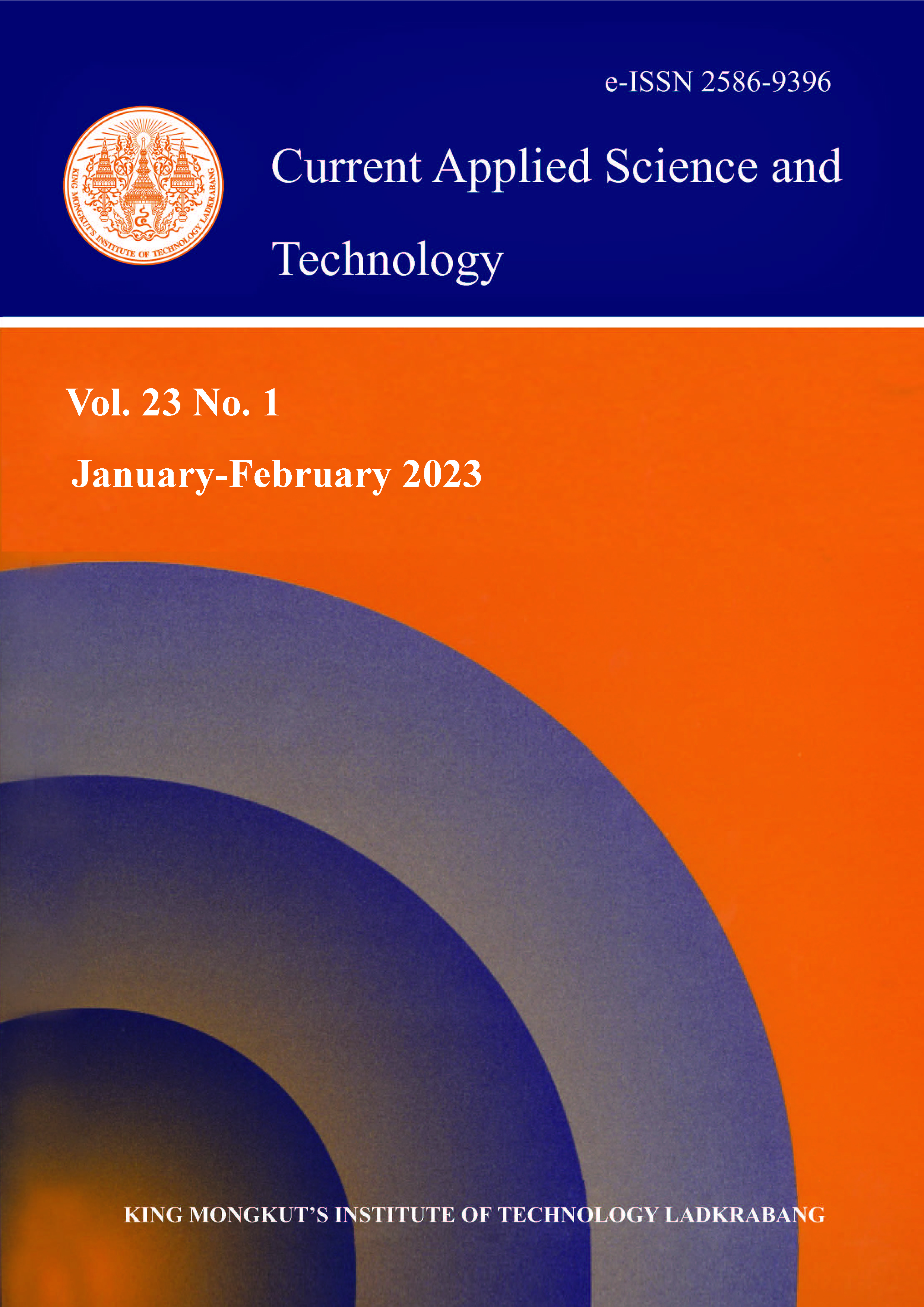Identification of unique individuals is being extensively used in security and surveillance. Gait recognition has caught the attention of computer vision researchers. This interest has been stimulated by the development of systems to automatically identify individuals. This paper presents a gait gesture recognition algorithm, using Incremental Dynamic Time Warping (IDTW) with a body measurement technique that identifies personal gait patterns recorded on video via Microsoft’s Kinect® 3D depth-sensing camera. We used the height of a person to further clarify the recognition and accurate identification of the individual. The initial results demonstrated 81.25% accuracy with our gait and height recognition algorithm. This recognition technique is ideal for high-level security requirements.
Keywords: Biometrics; Personal re-identification; Gait recognition; IDTW; Kinect sensor
*Corresponding author: Tel.: (+66) 862020656 Fax: (+66) 55964005
E-mail: wisrutk57@nu.ac.th
Kwankhoom*, W. ., & Muneesawang, P. . (2022). Personal Re-identification Using Incremental Dynamic Time Warping Algorithm and Body Measurement. CURRENT APPLIED SCIENCE AND TECHNOLOGY, DOI: 10.55003/cast.2022.01.23.011 (13 pages). https://doi.org/10.55003/cast.2022.01.23.011

